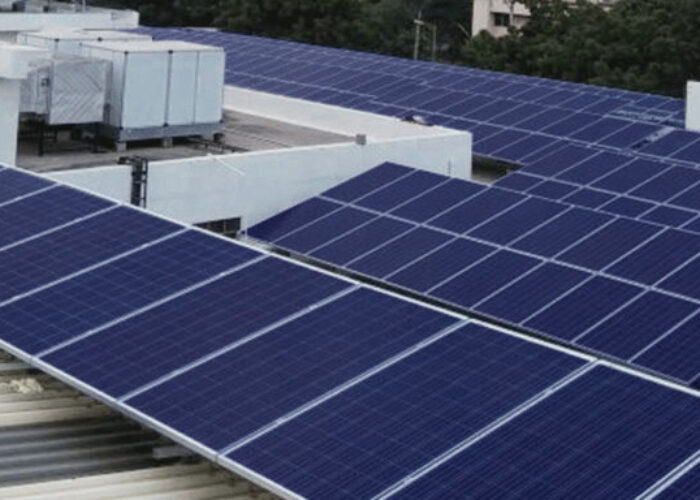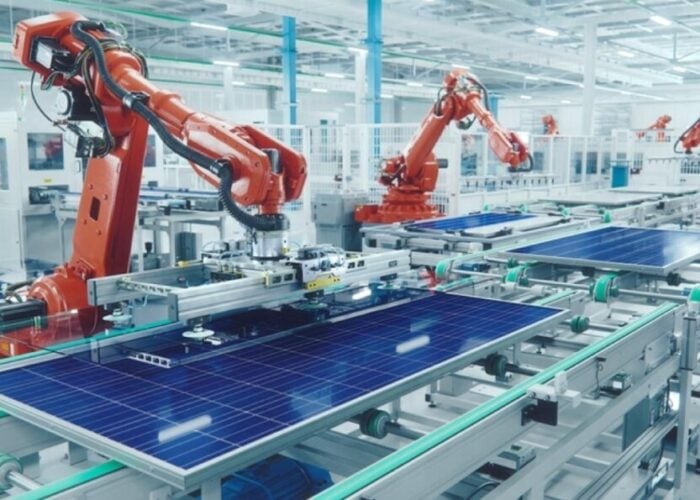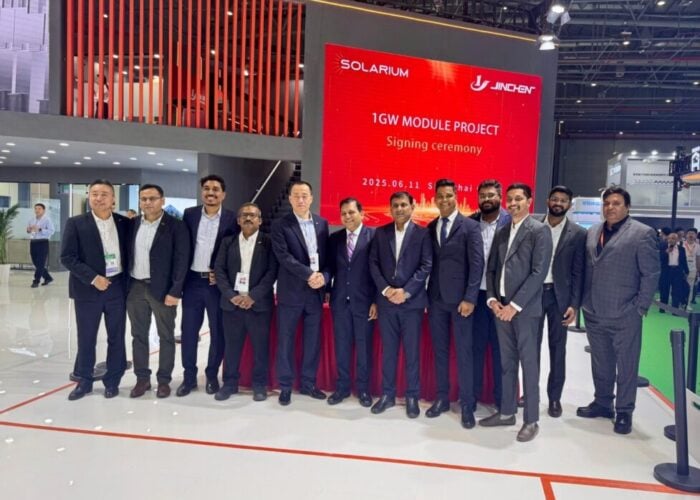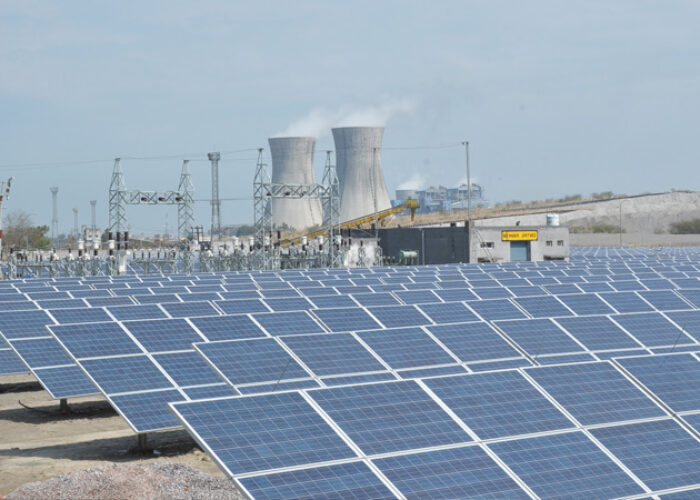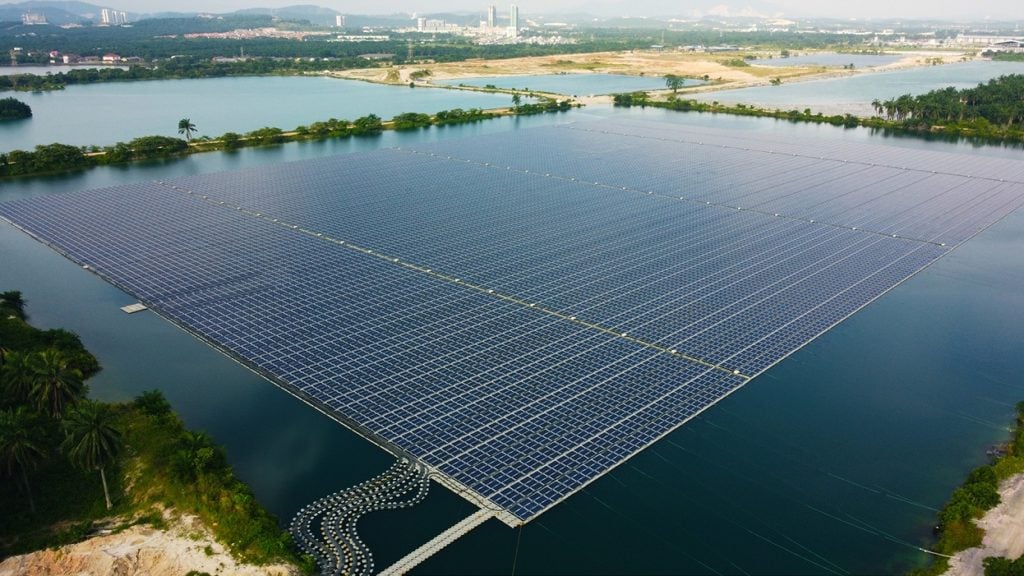
Solar PV will lead the energy transition in Malaysia and could reach up to 153GW of installed capacity by 2050.
This is according to a report from the International Renewable Energy Agency (IRENA) and the Malaysian Ministry of Natural Resources, Environment and Climate Change about Malaysia’s energy transition, a country with “huge untapped” potential renewable energy sources with nearly 337GW for solar PV alone.
Unlock unlimited access for 12 whole months of distinctive global analysis
Photovoltaics International is now included.
- Regular insight and analysis of the industry’s biggest developments
- In-depth interviews with the industry’s leading figures
- Unlimited digital access to the PV Tech Power journal catalogue
- Unlimited digital access to the Photovoltaics International journal catalogue
- Access to more than 1,000 technical papers
- Discounts on Solar Media’s portfolio of events, in-person and virtual
By the end of the decade, an investment of US$10.8 billion will be required to install up to 17GW of solar PV capacity, a tenfold increase from the 1.7GW of total solar PV capacity installed until 2021. The grid will also require to be upgraded with an investment of US$8 billion by 2030 to ensure better system flexibility.
In order to achieve its energy transition by 2050, the country will require an investment of at least US$375 billion, of which 70% of it will be aimed at the power sector and grid improvements.
In its best-case scenario – in the 1.5C target with 100% of renewables – Malaysia would be able to reach an average build rate of nearly 5GW of solar PV annually to 2050. Integrating such a high share of variable renewable power would require more power system flexibility, transmission expansion and energy storage.
However, in the Planned Energy Scenario – which reflects current plans and policies for the energy sector – installed solar PV capacity would only reach 8.6GW by 2030 and 58.9GW by mid-century, while in the short-term installed annual capacity would sit at 1.4GW of solar PV until 2030.
“The urgent action that Malaysia needs to take is create a more conducive investment environment for renewables. Through strategy and policies that prioritise clean energy investments and are consistent at all government levels, Malaysia can achieve its renewed ambition of reaching net zero by 2050, while securing a more prosperous, sustainable future for its people,” said IRENA director-general, Francesco La Camera.
At the end of 2021, the country had a total installed electricity generation capacity of 33GW, including coal and natural gas which accounted for a third of the total installed capacity, while renewables accounted for 16% of the electricity supply in 2018, according to IRENA’s report.
Moreover, due to the country’s abundant and widely spread solar resources, solar PV will be key for its energy transition and thus Malaysia will need to develop new policy mechanisms to encourage the participation of various consumers, including the next steps of the net energy metering – launched in January 2016 – programme for rooftop solar PV.
The highest solar irradiation is located in Kota Kinabalu with an annual irradiation of 1,900kWh/m2 and with most of the country at levels above 1,500kWh/m2 per year due to its proximity to the equator of the Earth.
Furthermore, in the upstream level of the solar industry Malaysia has the potential to play an important role in the Southeast Asian region, as its industry continues to rise and with JinkoSolar powering its first overseas facility with 100% of renewables in Malaysia last year.
Switching to renewable energy would bring an economic benefit to Malaysia as it could save the country between US$9-13 billion annually by 2050 in avoided energy, climate and health costs.


